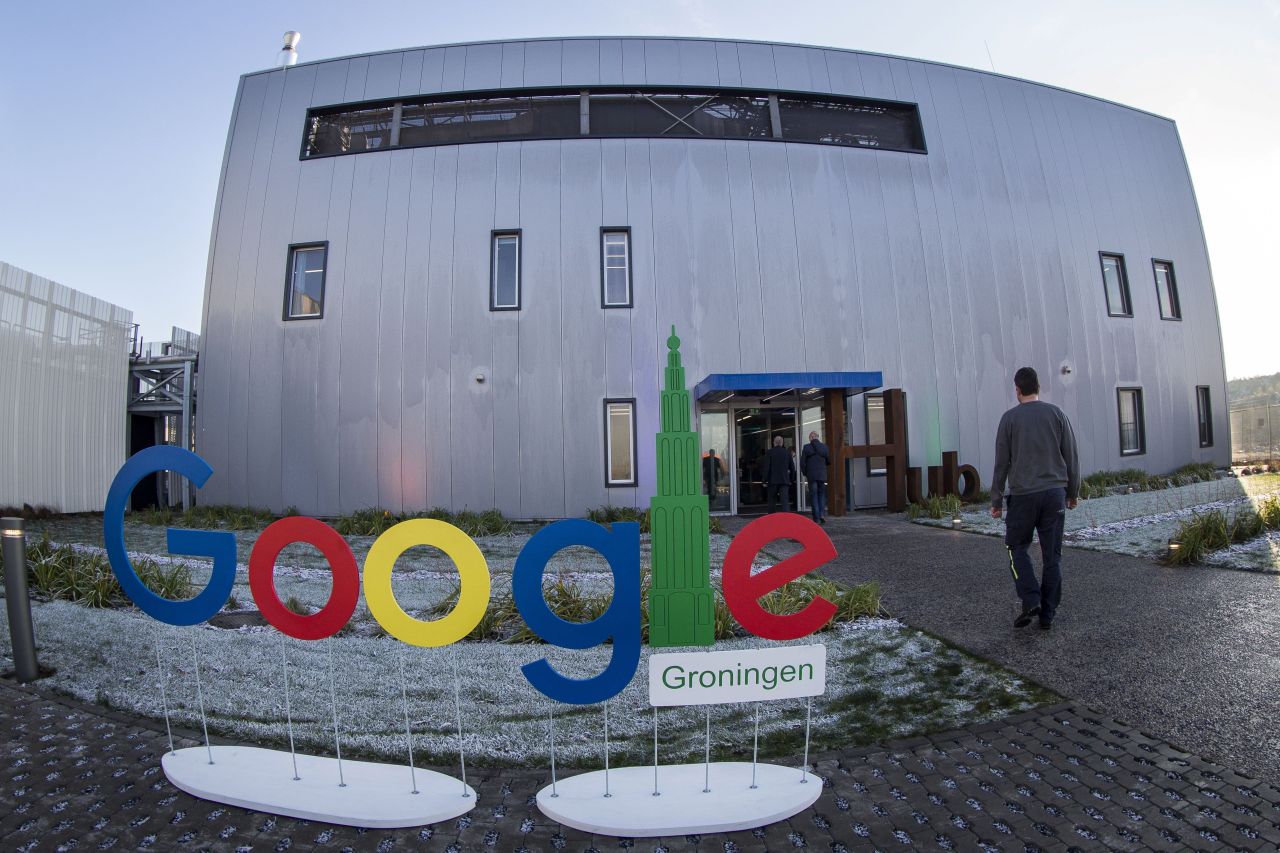In the race towards an energy-efficient future, tech giants are exploring innovative methods to reduce operational costs while maintaining functionality. Among them, Google stands out by utilizing its cutting-edge artificial intelligence technologies to optimize cooling systems in its data centers. With data centers consuming a significant amount of energy to keep servers cool, there’s a lucrative opportunity for AI to step in and lead the charge. Today, we’ll delve into how Google’s AI has revolutionized cooling processes and what it means for the industry at large.
The Importance of Cooling in Data Centers
A data center’s environment is characterized by its noise and high temperatures, both of which are vital components that can impact the performance and longevity of the servers housed within. As data increases exponentially, so does the demand for efficient cooling solutions. Traditional cooling methods are not only energy-intensive but can also be costly in the long run. Bringing AI into the picture marks a pivotal transformation towards achieving sustainability.
Google’s Leap into AI-Controlled Cooling
In a groundbreaking attempt to innovate, Google partnered with its DeepMind subsidiary a few years back to explore AI solutions tailored for data center cooling management. Initially, the AI provided recommendations that human operators could choose to implement. This hybrid approach served as a testing ground to refine the system. Fast-forward to today, and Google has now entrusted autonomous control of these cooling systems to AI models capable of real-time decision-making.
How the System Works
The new AI-driven cooling system is employed across various Google data centers and offers efficiency through meticulous monitoring. Here’s how it achieves exemplary energy savings:
- Frequent Data Polling: The AI gathers insights from thousands of sensors every five minutes to assess the internal conditions of the data center.
- Optimal Decision-Making: Based on the data collected, the AI autonomously determines the best cooling methods to deploy, effectively reducing reliance on human intervention.
- Continuous Learning: The AI’s performance improves over time as it learns from the data it processes, ensuring ongoing reductions in energy consumption.
Impressive Results: Energy Savings and Broader Implications
With energy savings averaging around 30% compared to historical usage, Google’s AI-driven cooling approach not only alleviates financial burdens but also promotes sustainability goals. This technology has the potential to extend beyond data centers, paving the way for energy-efficient solutions in other sectors such as office buildings and industrial settings. In its announcements, DeepMind expressed aspirations for broader applications, aiming to contribute positively towards combating climate change.
Implications for the Future
As data centers continue to grow in number and scale, the need for innovative solutions is more pressing than ever. By leveraging AI to control cooling systems, Google creates a template that other companies can emulate. Such technological advancements not only enhance operational efficiencies but also foster a culture of sustainability within the tech industry.
Conclusion
With the advent of AI-controlled cooling systems, Google is setting a precedent in the tech world by striking a balance between cost and efficiency while advocating for environmentally responsible practices. As more organizations explore AI capabilities, the implications could be monumental, transforming not just data management, but also how we address global climate challenges.
At fxis.ai, we believe that such advancements are crucial for the future of AI, as they enable more comprehensive and effective solutions. Our team is continually exploring new methodologies to push the envelope in artificial intelligence, ensuring that our clients benefit from the latest technological innovations.
For more insights, updates, or to collaborate on AI development projects, stay connected with fxis.ai.

